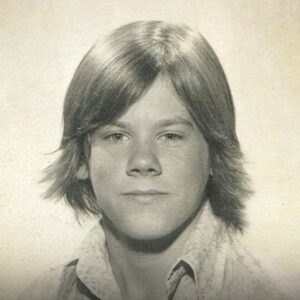From Gone Girl to Sliding Doors, there are many entertaining movies that don’t follow a single, traditional narrative.
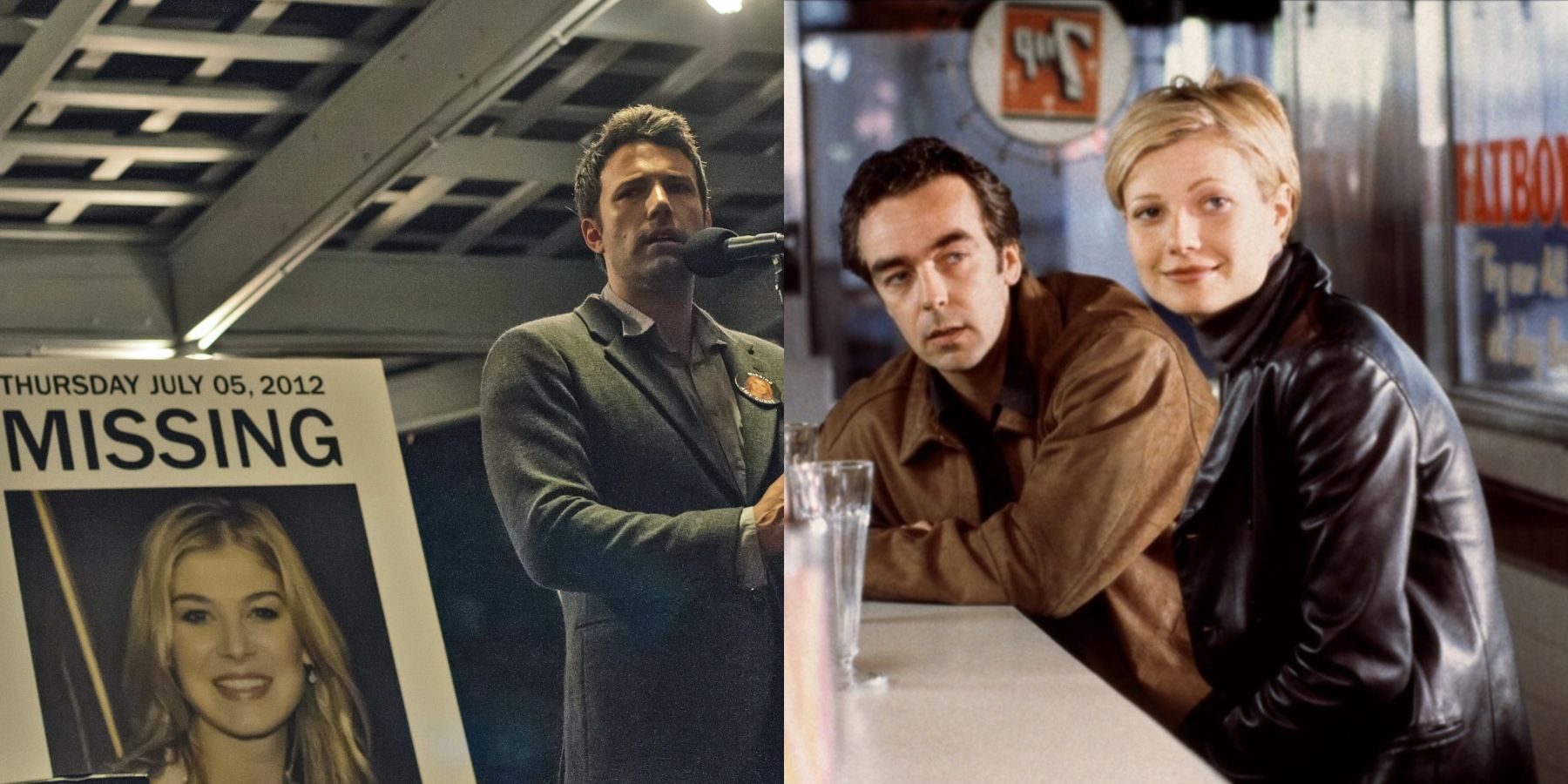
While linear storytelling is the norm, it can be fascinating when TV shows and movies shake things up. Flashbacks can be hit or miss, depending on how smart the storytelling is and how necessary it is to flesh out this backstory. The Game of Thrones spin-off House of the Dragon employs several time jumps, which is another device up for debate as it’s not always well-done.
While the structure of TV means that most episodes have to continue the same story, movies can do something different. There are many impressive films that switch between timelines and offer something creative and fun.
Sliding Doors (1998)
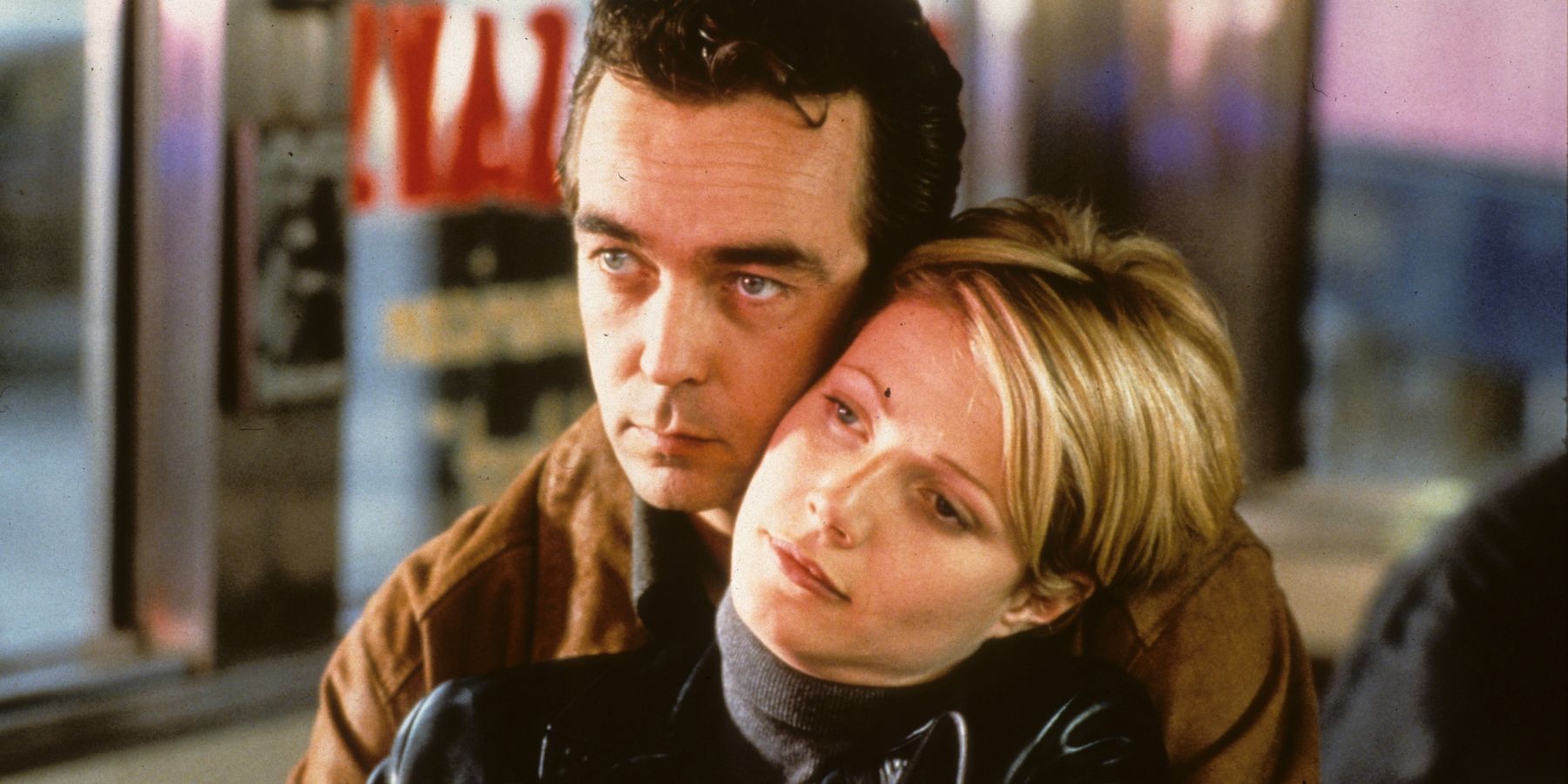
The concept of two different potential lives is one that has been used in many movies and the 1998 film Sliding Doors shows how beautiful and moving non-linear storytelling can be. The wholesome 1990s movie sees Gwyneth Paltrow’s character Helen Quilley losing her job in public relations. If she gets on a subway train or not, her life turns out very differently.
Audiences sees Helen’s personal life becoming dramatic no matter which plotline she’s living, as in both of them, she gets pregnant. Seeing how her life turns out brings up questions of love, fate, destiny, and free will. While some ’90s movies don’t hold up, Sliding Doors does a great job of allowing fans to compare Helen’s journey and see which path is meant to be. If the movie followed one timeline, it would be much less compelling as this ensures that important themes are examined.
Into The Wild (2004)
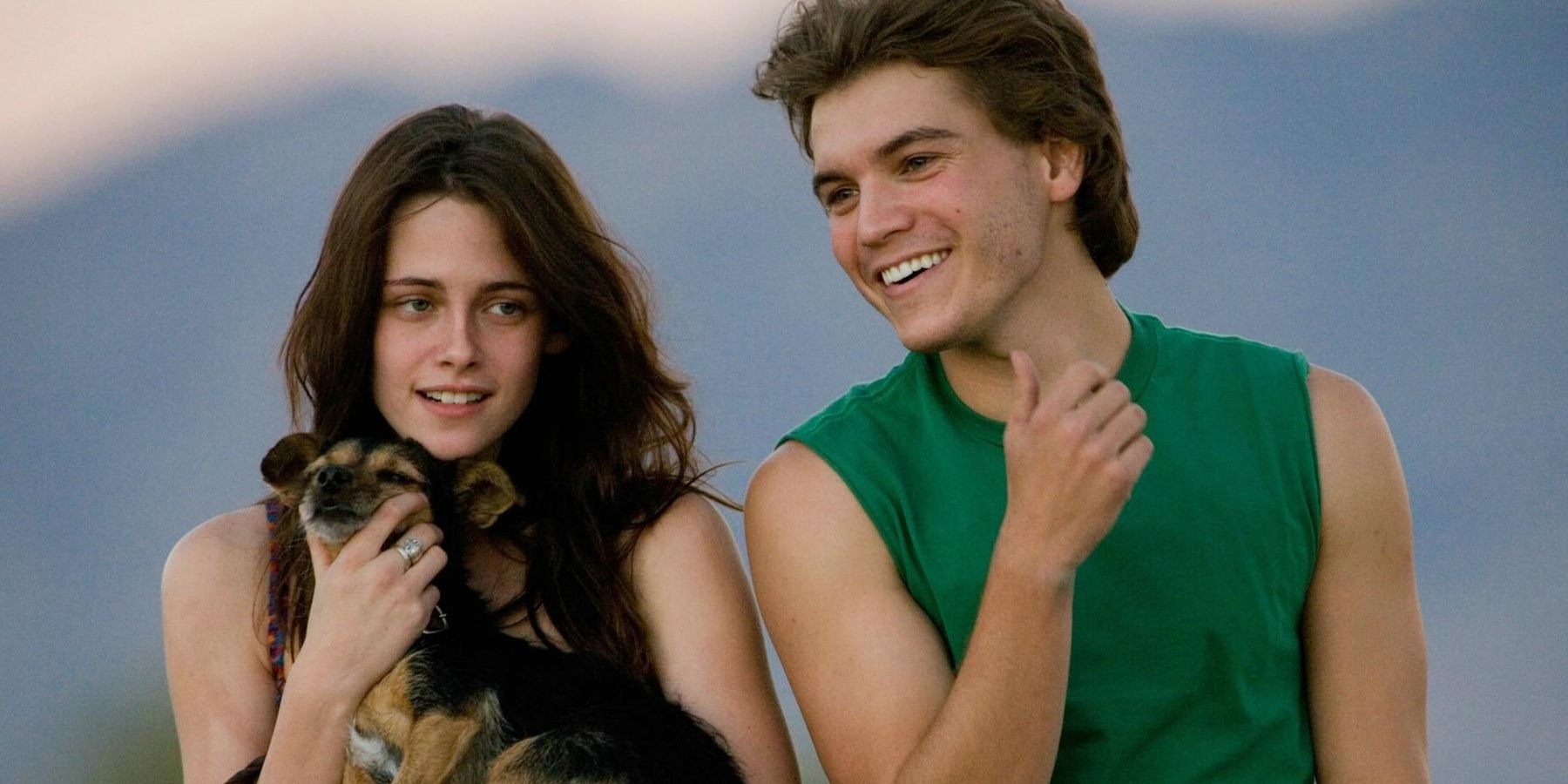
Into The Wild is a non-horror movie that is terrifying and the film wouldn’t have the same impact if it was told in one singular narrative. The movie opens with Christopher McCandless (Emile Hirsch) in April 1994, camping in “The Magic Bus,” a bus that he has discovered. Then the movie shifts to graduating from college in May 1990 and wanting to drive across the country so he can spend time in nature. The film ends with a flashforward to later in 1994 when Chris eats poisonous berries and then dies.
Far from a forgotten 2000s movie, Into The Wild, adapted from Jon Krakauer’s book, is so moving because the storytelling lets audiences see Chris’s emotional journey. While he wants to be isolated in nature, he realizes that isn’t what will actually bring him peace, and that realization would be less powerful if the movie didn’t have flashbacks or flashforwards.
Eternal Sunshine of the Spotless Mind (2004)
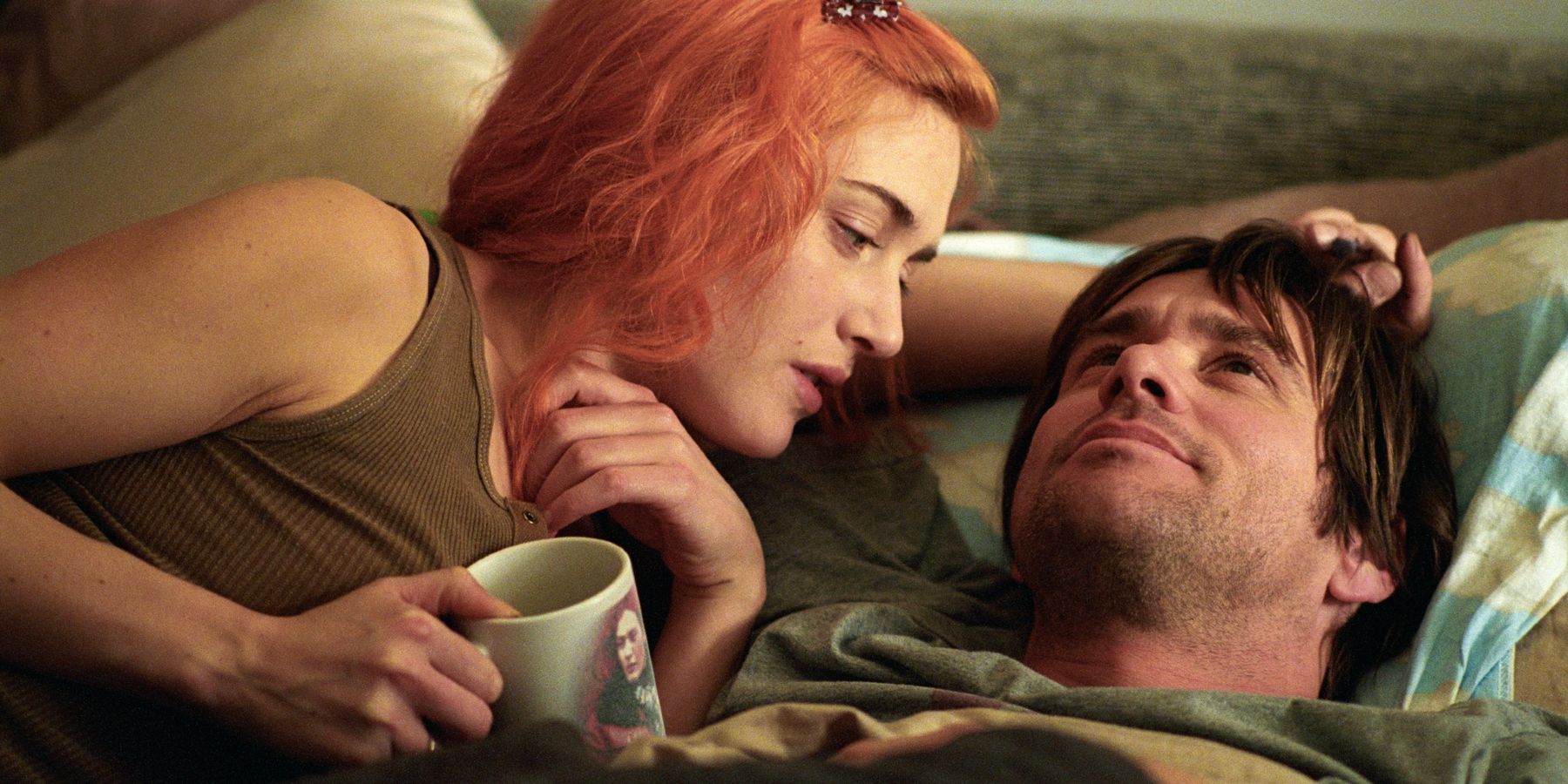
When thinking about a movie that jumps around and doesn’t follow one singular narrative, Eternal Sunshine of the Spotless Mind always comes up. With an all-star cast, the movie follows Joel Barish (Jim Carrey) and Clementine Kruczynski (Kate Winslet) who break up and want to ensure that they never think about each other again, asking a doctor to literally get rid of their memories.
The characters are compelling and different enough that the movie would be great if it was linear, but the unique structure is what keeps fans praising the movie several decades later. It’s one of the best movies starring Jim Carrey and fans love how creative it is as it proves that even though the characters lose all memories of each other, they still have a strong connection.
Blue Valentine (2010)
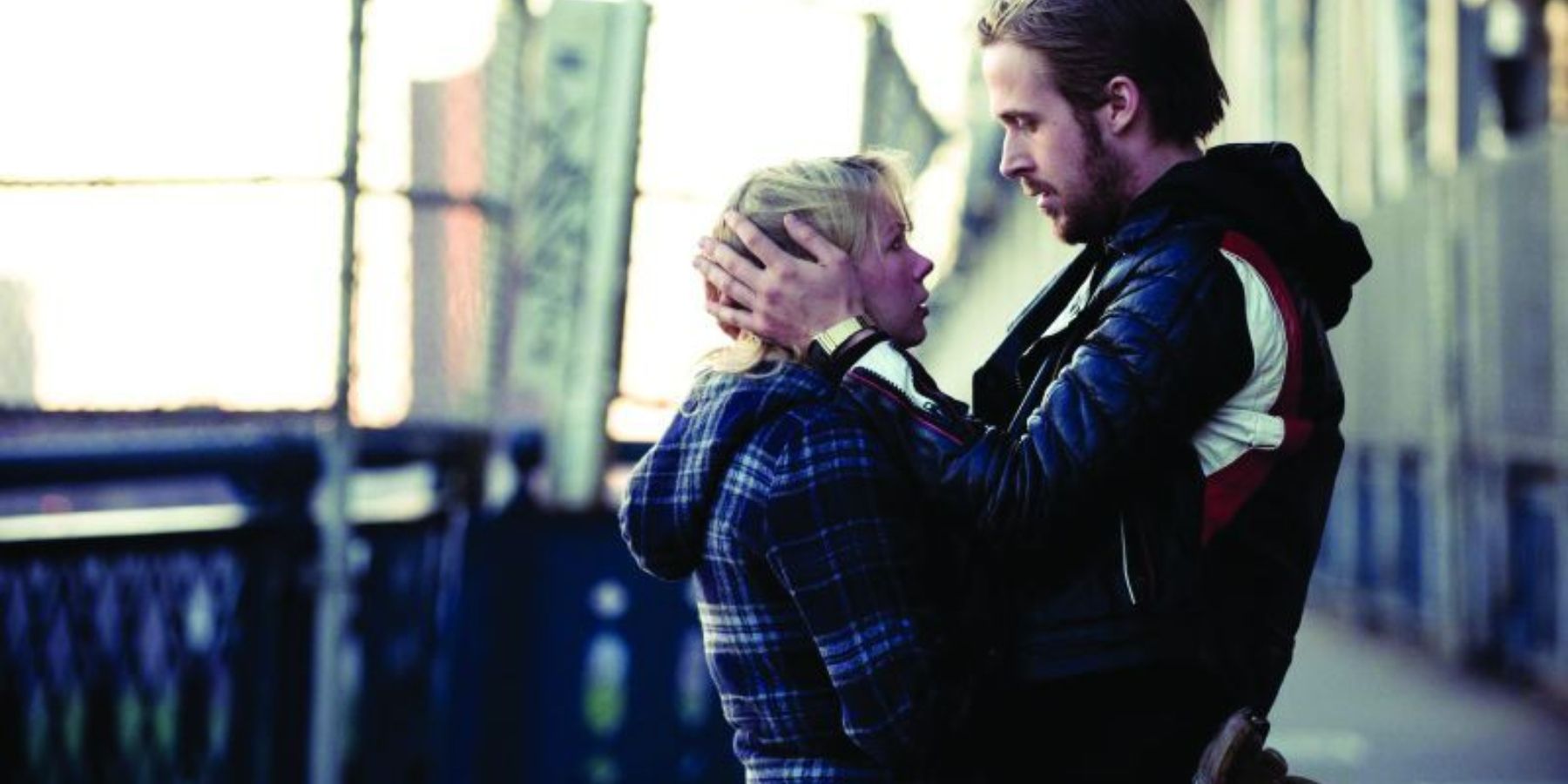
Blue Valentine tells the sad story of Cindy Heller (Michelle Williams) and Dean Pereira (Ryan Gosling) but jumps around, sharing the time when they fall in love and when they know that their marriage is falling apart. Whether watching a horror movie with a great love story or a romantic drama, most films tell a tale from the beginning to the end. Blue Valentine does something different from sharing various big moments in the couple’s romance and wrapping up by showing how happy Cindy and Dean were when they first started dating.
Ryan Gosling starred in ’90s horror shows and fans are excited to see Gosling play Ken in Barbie, but Blue Valentine remains one of his most riveting roles. The movie examines how badly people wish that they could return to the past and right some of their regrets.
Gone Girl (2014)
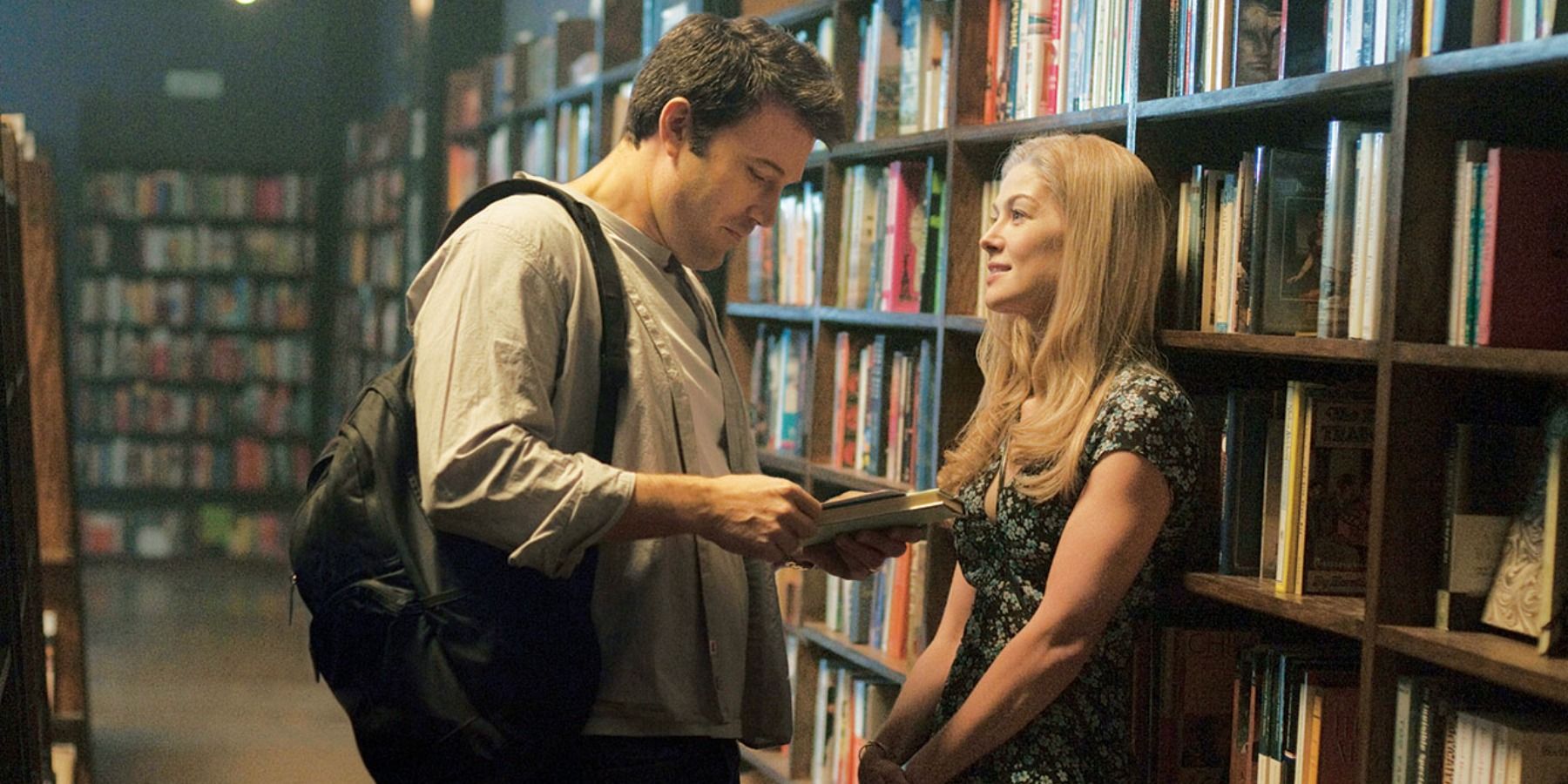
Based on the beloved novel by Gillian Flynn, Gone Girl follows the same non-linear structure by showing Nick Dunne (Ben Affleck) seemingly horrified by the disappearance of his wife Amy (Roseamund Pike). The movie follows Nick and the police wondering what happened and then reveals the truth about Amy, returning to the beginning of the story to explain what Amy has been up to. It’s one of the best plot twists in a movie that feels just as powerful and shocking as it does in the book.
David Fincher’s adaptation of Gone Girl is so impressive because it captures the surprised and amazed feeling that readers had when devouring this book and learning what Amy has done. It wouldn’t be possible to tell this story any other way.

